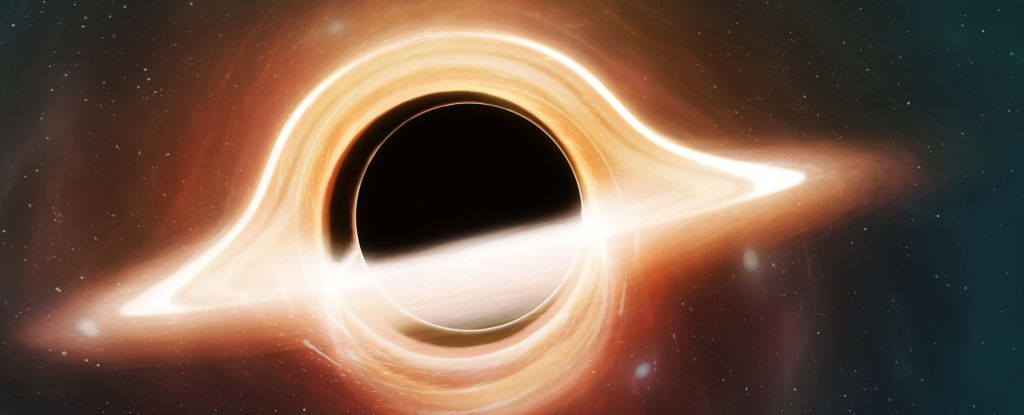It appears we may have finally found some of the universe’s ‘missing’ black holes.
A cluster of stars called IRS 13 near the center of the galaxy appears to harbor a black hole at its center. Moreover, the way these stars swarm and orbit suggests that the black hole is a rarity—one in the middleweight mass range, between those with star-like masses and the supermassive monsters.
Such medium-sized black holes are extremely rare to find, which makes IRS 13 exciting in itself… but the icing on the cake is its location.
Just 0.1 light-years from the galactic center, the black hole appears to be one of the building blocks fueling the continued growth and evolution of the supermassive black hole at the Milky Way’s core, Sagittarius A* (Sgr A*).
This is an important clue that could help us understand how black holes grow and bridge the gap between the masses of stars and supermassive black holes.
Black holes represent the evolutionary endpoint in the life of a massive star, but the observed masses of these objects are puzzling.
In the stellar mass range, we have black holes that form from the collapsed cores of massive stars (and mergers between them). For a black hole that forms from a single star, the upper mass limit is about 80 times the mass of the Sun.
Supermassive black holes have a poorly defined mass range, but it is generally accepted that they are millions to billions of times the mass of the sun. Anything between about 100 solar masses and 100,000 to a million solar masses is the intermediate mass range, where shockingly few objects have been found.
The reason this is shocking is that it leaves open an evolutionary path between small and large black holes.
There is a gap in the observational statistics between stellar and supermassive black holes that cannot be easily explained. This means that we have little to no evidence of growth from one point to the other.
IRS 13 was discovered just over 25 years ago and has been a mystery to astronomers ever since. At first it was thought to be a single, massive star. Then a binary star. Then a Wolf-Rayet star, a massive star on the edge of a supernova.
It has since been identified as a small cluster, but it is still a mysterious one. It is so close to Sgr A* – a black hole with a mass of 4.3 million suns – that such a cluster would not be able to maintain its tight structure.
A team led by astrophysicist Florian Peißker of the University of Cologne in Germany wanted to solve this mystery, so the researchers looked at the way stars and clumps of gas move in the cluster. They expected the motion to be relatively random, but instead found it to be quite orderly.
There are two possible explanations for this. One is the influence of Sgr A*, which is somehow modifying the orbits of the objects in IRS 13. But there must be something in the cluster, the team reasoned, that is keeping it gravitationally intact.
They did observations and modeling to see if they could figure out what that something was. By tracing the movements of the cluster, they identified the location where that dense object might be.
At that location, they observed X-ray emissions and a ring of ionized gas rotating at about 130 kilometers per second.
They then calculated the mass of the object at the center of the ring, using all of these motions. Their object tipped the cosmic scales at about 30,000 solar masses. There’s only one thing it could be: a medium-mass black hole.
Future observations with advanced instruments will give us more insight into this enigmatic object, but for now this cluster appears to be an important step in understanding the evolution of black holes.
“IRS 13 appears to be an essential building block for the growth of our central black hole SgrA*,” Peißker said.
“This fascinating star cluster continues to amaze the scientific community since it was discovered about two decades ago. It was initially thought to be an unusually massive star. However, with the high-resolution data, we can now confirm the composition of its building blocks with an intermediate-mass black hole at the center.”
The research was published in The astrophysical journal.
